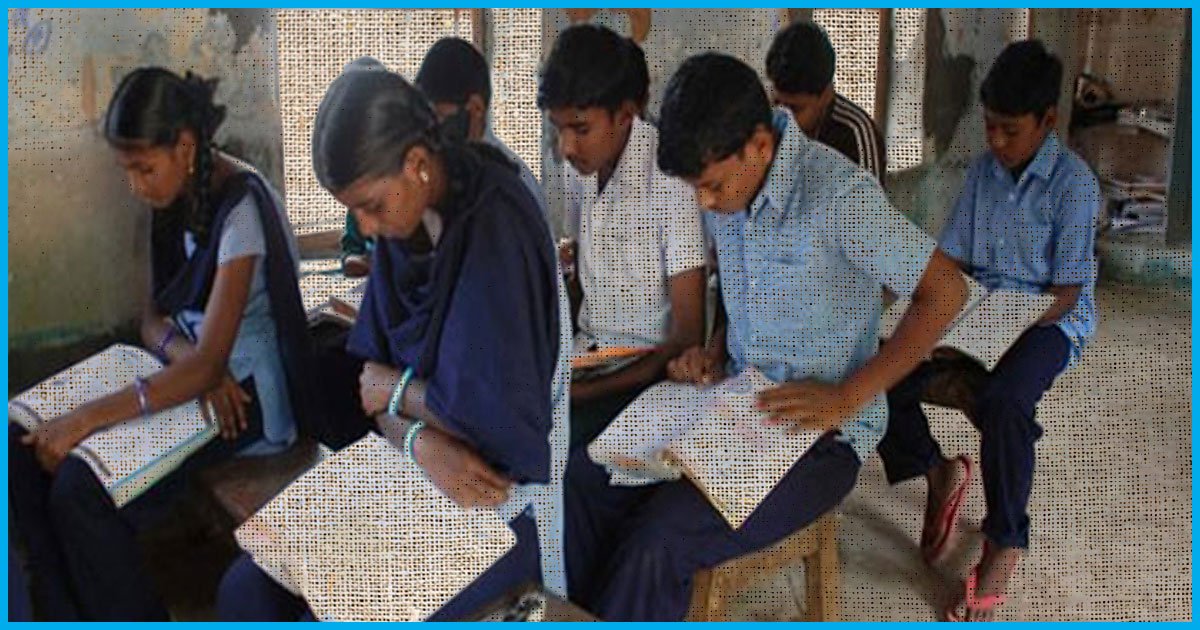
21% Of India’s Youth Don’t Know The State They Live In; Preparation For Adult Life ‘Worryingly Low’: ASER
17 Jan 2018 8:21 AM GMT
This year’s Annual Status of Education Report (Rural) 2017 was published on Tuesday and explores one key question: how well are we preparing our youth to build a better future for themselves and for the country?
Even though enrolment in Standard 8 has doubled in the past decade from 11 million to 22 million, the proposition of youth acquiring even foundational skills has been “worryingly low.”
However, from 2011-12 to 2015-16, enrolment post elementary school has fallen sharply.

Enrolment decreases with increase in age
ASER 2017 Beyond Basics based its analysis on data from 26 districts of 24 states. It found that age the age of youth increases, their enrolment in educational courses decreases. At the age of 14, 93.4% of youth were enrolled in std 10 or below. But by the time they reach 18 years of age, the enrolment falls to 10.6%, and only 27.2% of India’s youth is enrolled in undergraduate or other courses. Out of the surveyed youth between the age group 14-18, 14% are not currently enrolled in any form of formal education.
Moreover, the enrollment gap between males and females in the formal education system increases with age. There is hardly any difference between boys’ and girls’ enrollment at age 14; but at age 18, 32% females are not enrolled as compared to 28% males.

36% of kids aged 14-18 don’t know India’s capital, 21% can’t name their state
The number of students continuing beyond school is also increasing rapidly but “we seem to be incapable of preparing them for tomorrow,” says the report.
ASER gave basic tests to assess the functional competencies of youth. The questions given ranged from basic reading of a passage in their own language, basic english, basic arithmetic, basic daily tasks like counting money, reading the time, etc and basic general knowledge like India’s capital, what state they reside in, etc.
Some of the sample questions were:


The findings were based on 26 rural districts across 24 states, 23,868 households and 28,323 youth aged 14-18. In ASER 2017, information was collected for four domains – activity, ability, awareness and aspirations.
About 25% of the 14-18 age group still cannot read basic text fluently in their own language. More than half struggle with division (3 digit by 1 digit) problems. Only 43% are able to do such problems correctly.
53% of all 14 year-olds in the sample can read English sentences. For 18-year-old youth, this figure is closer to 60%. Of those who can read English sentences, 79% can say the meaning of the sentence.
But overall, even among youth in this age group who have completed eight years of schooling, a significant proportion still lack foundational skills like reading and arithmetic.
The youth performed better in applying basic literacy and numeracy skills to everyday tasks. 76% of surveyed youth could count money correctly and this figure was close to 90% for those who have basic arithmetic skills. Most of them could also read the time correctly.
However, of the sampled youth, 36% did not know the capital of India, 21% did not know which state they live in and 42% could not point to their state on the map.
The Logical Indian take
This year ASER surveyed students in the age group of 14-18 years, unlike the last 12 years when it focused on students in elementary schools. The objective was to go beyond basics and find out if we have prepared our youth to lead productive lives as adults. But the findings are disappointing. The students have not made substantial progress and are unprepared for their future adult lives. ASER’s report is a warning sign for us and for the governments to rethink and redesign its rural education strategy. If our present (the youth of the nation) is falling behind, the future will be bleak.
Read the entire ASER Beyond Basics 2017 report here.
 All section
All section













